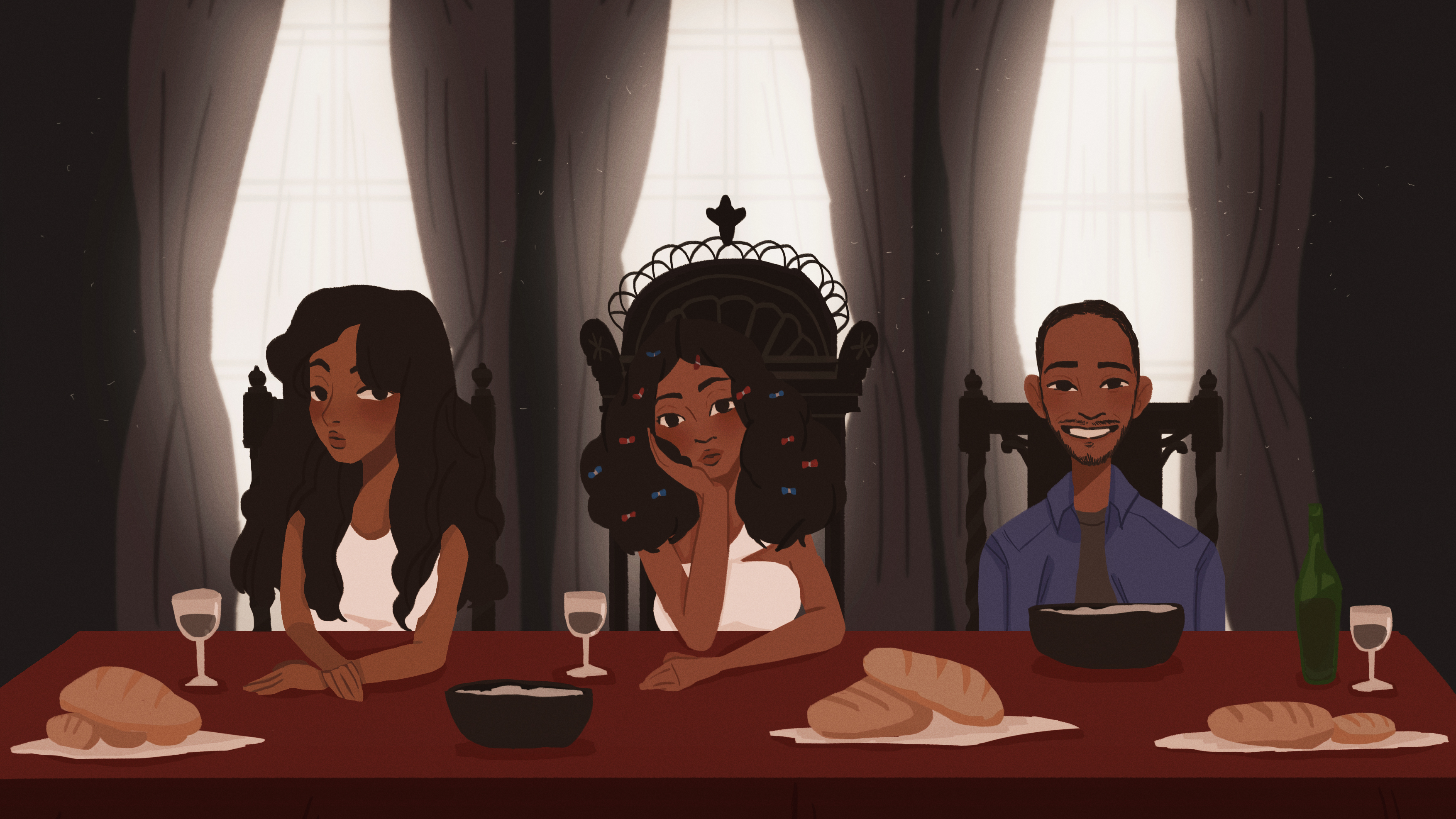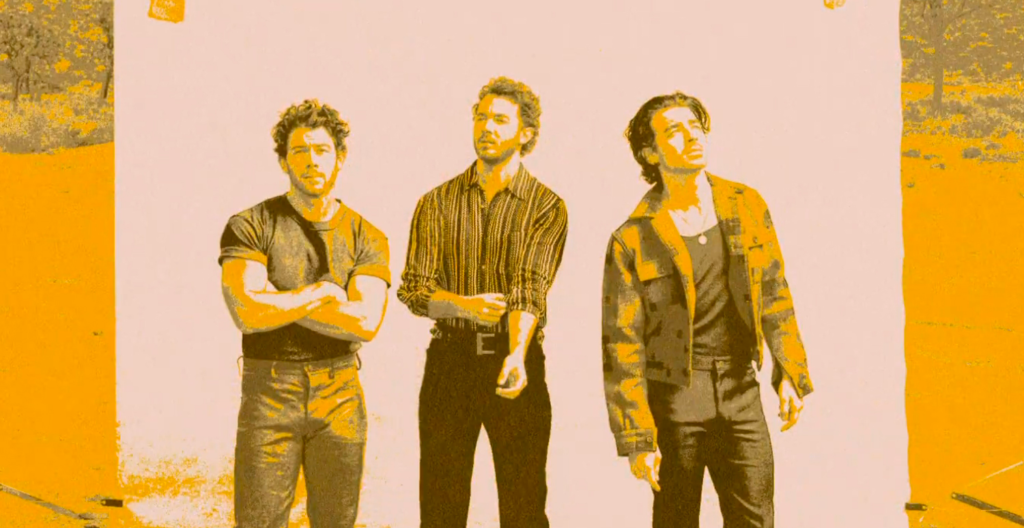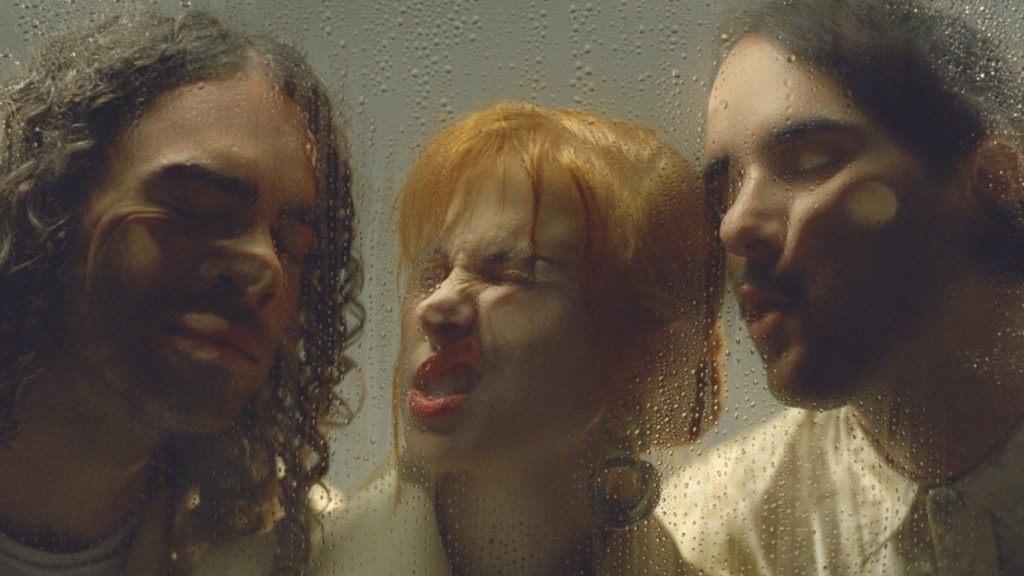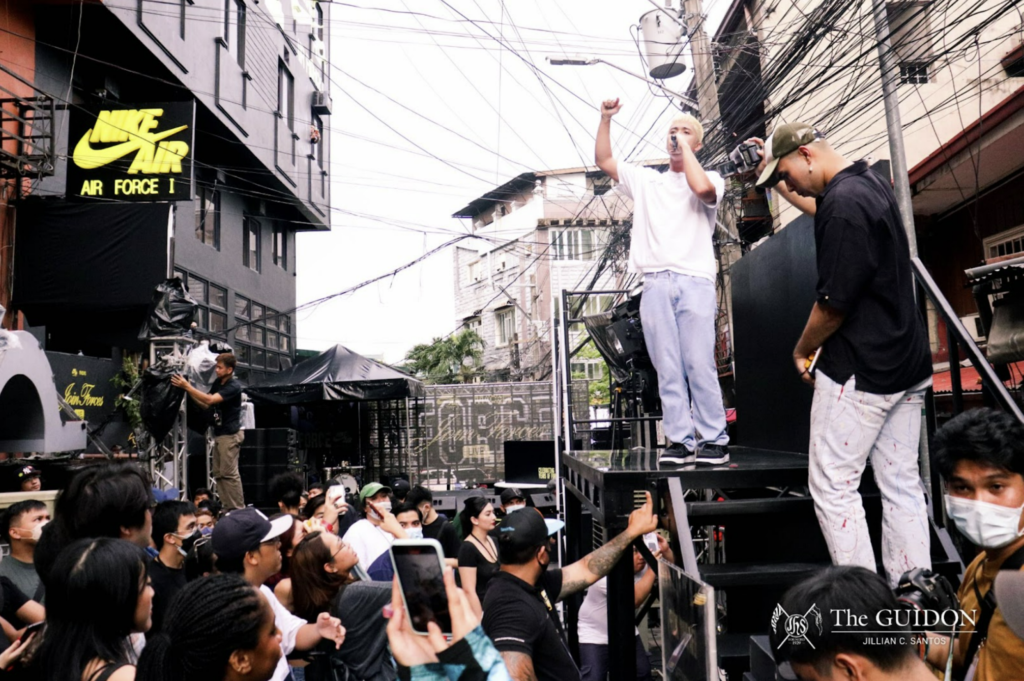In the ever-changing worlds of rap, hip-hop, and R&B, it’s clear to see who’s who in terms of royalty. Artists like Kendrick Lamar, Beyoncé, and Kanye West have top-billed worldwide tours and have become household names. Those like Kehlani, Bryson Tiller, and Miguel, on the other hand, have created an underground community for contemporary R&B, garnering new fans of the genre. Currently, these are our modern day kings and queens of hip-hop and R&B—the ones paving the way for aspiring artists who want in on the game.
Keepin’ it old school
However, hip-hop wasn’t always about rap, and R&B wasn’t always contemporary. It all began in 1940s America, where African-Americans met up in underground clubs and speakeasies to create a sound that was yet unheard of. The R&B genre, as it came to be known, was actually the first to integrate jazz and blues with beats, hence the name “rhythm and blues.” It utilized harmonies and instruments such as the piano, saxophone, and electric guitar, to create a sound that carried over the carefree and smooth vibe that soul and funk emanated.
America, at the time, was a highly segregated society. As such, black people weren’t exactly encouraged to mingle with white people in the recording studio. Despite the racial tension, the genre picked up traction and eventually produced world-famous all-black groups like The Supremes, The Temptations, and The Jackson Five.
Hip-hop, on the other hand, came about in the 1970s in the South Bronx, a predominantly black neighborhood situated in one of the five boroughs of New York. Along with R&B, hip-hop was pioneered by the African-American youth and was formed as a way to express the culture and spirit of the time.
It began as an underground movement, with people gathering at local parties and basements to experiment with new sounds and techniques. “MC”-ing over the breaks in music (later called “rapping”) and mixing and scratching two records (later called “DJ”-ing) became popular techniques and common practices. In the midst of this, people developed basic dance moves like popping and locking, and eventually created breakdancing, which was also known as “b-boying”. Graffiti also underwent a spike in popularity, as more and more artists began to spray paint street art around the city. Thus, rapping, DJ-ing, b-boying, and graffiti became the four elements that established the initial image of hip-hop.
The characteristics of the hip-hop sound include the familiar catchy beats of jazz and funk, as well as the lifting and spiritual overtones of soul and even gospel music. Contemporary R&B is similar, but utilizes smoother vocals and relies on drum machines and synthesizers to create a laid-back, almost relaxing sound.
Into the new age
These days, the lines between the two genres have been blurred to the point that they are referred to simultaneously. The hip-hop and R&B scene has slowly shifted towards a less uniform sound. While it may seem odd to be combining such distant genres, the public seems to be buying into it, and have certainly supported the new artists of this generation.
This generation of black artists has embraced the music that they grew up with and established themselves on the shoulders of ‘90s and ‘00s R&B and hip-hop artists. Both Khalid and Sza, for example, are up-and-coming superstars in their own right from this generation. Each artist is a breath of fresh air in their respective music scenes, veering into new territory and introducing sounds from the ‘80s and even from popular genres that seem far from their style.
Khalid bases the sound of his recent album, American Teen (2017), on ‘80s synths and new-wave influences, crafting a brand of R&B with a distinct mix of past and present. Tracks like “Cold Blooded” are more traditionally R&B, sounding almost Usher-like, while tracks like “Keep Me” have the punchy slap of synthesizers all over, making it sound almost futuristic. The haunting nature of soul music, with the genre’s resonance and strong bass, is also prevalent in many tracks—from the mellow chanting at the start of “Another Sad Love Song,” to the long-held notes in the titular track of the album. All these influences culminate into a unique style that can only come from such a young artist.
Meanwhile, Sza’s album Ctrl (2017) takes on an indie-esque sound, and in some tracks almost folk, a genre not often associated with black artists. The guitar sounds present all over the record in contrast to Khalid’s more synthetic sound, pushing the boundaries of R&B in a different direction. A perfect example would be opening track “Supermodel,” where a chilling guitar riff is played before a full-on band joins it, starting with a surprising snare. It’s unfamiliar territory to cross for a black artist, but it works. The gospel nature of soul is also present in this album, but the sound that comes across is reminiscent of the preachy indie rock of bands like The Temper Trap. Sza’s sound transcends genres, but stays rooted in that R&B sensibility.
Though nods to the old style of R&B are present, these two artists manage to create their own distinct style. A mature artist like Solange has mastered her own style, too, and shows how far R&B, hip-hop, and soul can really go. Her newest album, A Seat at the Table (2016), is predominantly neo-soul, a futuristic mix of synthesizers and soul, akin to Khalid’s style. Many tracks, though, are alternative R&B, a mix of traditional R&B music and alt-rock, similar to Sza’s Ctrl.
Solange has mastered her distinct sound, and experiments with different hybrids while still tethering her music onto popular black music. Her lead single on the album, “Cranes in the Sky,” is a perfect example. The psychedelic sound is usually present in avant garde artists such as Björk, but she uses that sound and adds on hi-hats familiar to slow tempo R&B and it turns into an entirely new experience for listeners. Her sound, like Sza’s and Khalid’s, is distinct and familiar at the same time.
Off-the-charts
As today’s black artists begin to deviate from the traditional sound of hip-hop and R&B, music that falls under this category is subsequently melding together and producing new sounds. This blending and experimenting across genres have influenced many black artists to break through the mold of what hip-hop and R&B should be and to venture into untouched territory.
Kid Cudi’s Speedin’ Bullet 2 Heaven (2015) is a prime example of this unique, distinguished sound. Cudi was known for his primarily hip-hop taste; tracks like “Day ‘n’ Nite” and “Dat New New” propelled him into fame and established him as a promising artist in the hip-hop world. One of his more recent albums, however, took a complete 180-degree turn and adapted an alternative rock and ‘90s indie rock style. Speedin’ Bullet 2 Heaven employed drums, electric, and bass guitar as its main instruments. He shed most of the synths and electronic sounds that he had previously used and focused on a more alternative sound.
Artists like Cudi, who dare to go beyond what they’re accustomed to, have found it easier nowadays to do so because of positive feedback from audiences. As opposed to a segregated music industry then, the environment now is highly appreciative of diversity.
Mic drop
People have become more open to a hybrid between genres, and even encourage artists to mix up their sound. Instead of just using one set sound, artists now have an opportunity to explore their music and play around with other styles. This is especially significant for black artists who, traditionally, are known for their mastery of the hip-hop and R&B sound. Instead of being bound to the genre’s image, black artists are now able to break the stereotype and have the freedom to go into other genres without it looking strange or odd.
The mixing and fusing of these different genres isn’t a new genre altogether. The sound of hip-hop and R&B is still present in the backbone of this music, and is highly influential in their making. It’s most noticeable in the soulful harmonies of Khalid’s laid-back music, in Sza’s use of slow and deliberate beats, and in the alt-rock stylings of Kid Cudi. This goes to show that while these artists may transform their sound and fuse with other genres, their roots still show.
Black artists have often stayed within the realms of traditional R&B and hip-hop, but it’s evident that “black” music is no longer confined to just one genre or image. Though there have been some artists who’ve tried to venture out of those genres, only now has there been wide recognition for these artists experimenting with their sounds. Even artists as famous as Rihanna, with her new album ANTI (2016), are taking influences from outside R&B and hip-hop. Rooting their music in the traditional and exploring from there has resulted in new styles that have captured the attention of the people, and there’s no stopping these artists now.
Sources:
http://metro.co.uk/2017/08/11/history-of-hip-hop-where-and-when-did-it-begin-6844712/
Graphic by Patricia Sangalang






